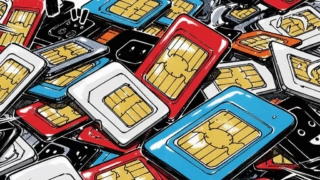 Expense Reduction
Expense Reduction Saving Money on Household Appliances
Say you need a new refrigerator, rice cooker, toilet, or air conditioner. This could be because the old one broke, becau...
 Expense Reduction
Expense Reduction  Expense Reduction
Expense Reduction  Expense Reduction
Expense Reduction  Expense Reduction
Expense Reduction